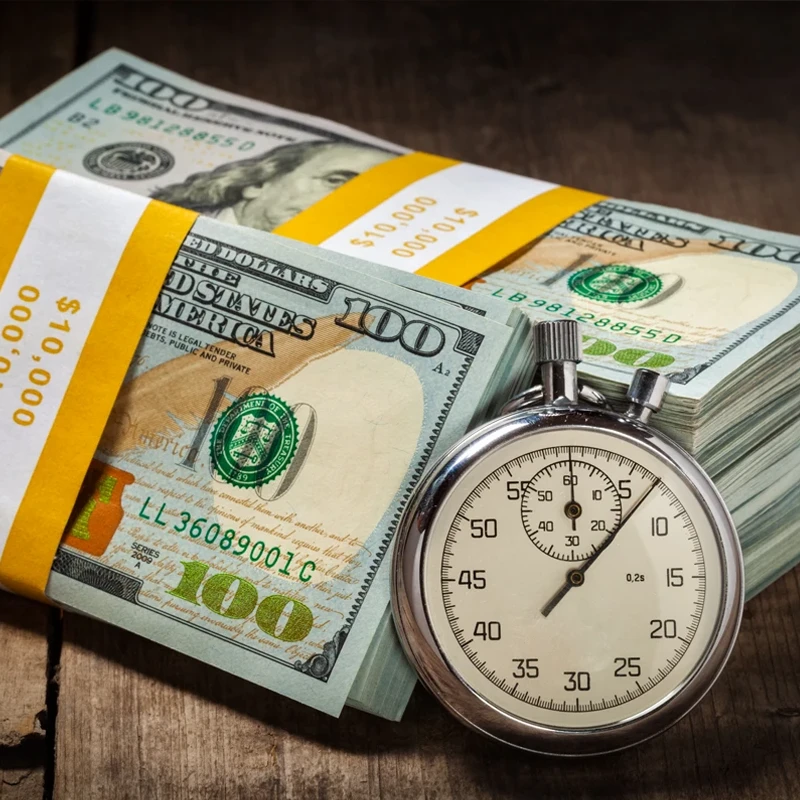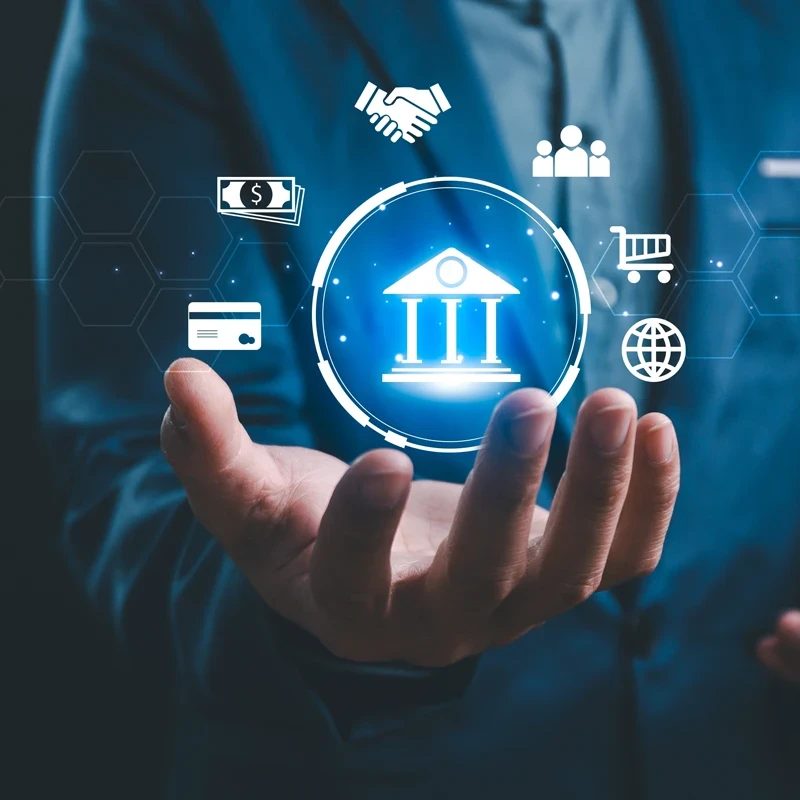Looking to conquer your debt? Master these two top strategies to reclaim your financial freedom. Whether you prefer quick wins to boost your momentum or want to minimize interest costs, the Snowball and Avalanche methods are your best bets for slashing debt efficiently. Choose your strategy and start your journey to becoming debt-free today!

When to choose one over the other?
Choosing between the Snowball and Avalanche debt repayment methods depends largely on your personal motivation and financial goals. If you find motivation in quick wins, the Snowball method is ideal, as it allows you to see debts disappearing faster, which can boost your confidence and commitment. On the other hand, if your priority is to save money on interest and you are disciplined in following through with your repayment plan, the Avalanche method may be better. It targets debts with the highest interest rates first, potentially saving you money over time. Consider your financial habits and the psychological boost you need to stay on track when deciding which method to employ.
An In-depth look at these methods
Snowball Debt Method
Order debts from smallest to largest amount: Start by organizing all your debts in ascending order based on the balance owed, not interest rate. This visual list will help you focus clearly on your targets.
Make minimum payments on all debts: Consistently make the minimum payments on each debt to avoid penalties and protect your credit score. This keeps all accounts in good standing while you focus on the smallest debt.
Put extra funds towards the smallest debt: Any extra money you can gather—whether from budget cuts, additional income, or savings—should be directed towards your smallest debt. The goal is to eliminate the smallest balances first to create psychological wins that boost your motivation.
Shift payments from cleared to next smallest: Once a debt is fully paid off, take the amount you were paying on that debt and add it to the minimum payment on the next smallest debt. This “snowball” effect accelerates the repayment process as you move through your debts.
Continue until all debts are paid off: Keep the momentum going by rolling over payments and focusing on each debt one by one. Celebrate each debt cleared as a milestone towards financial freedom, keeping motivated until you are completely debt-free.
Practical Example
List of debts
- Credit Card A: $5,000 owed, 19% interest rate
- Car Loan: $9,000 owed, 5% interest rate
- Student Loan: $15,000 owed, 4% interest rate
- Medical Bill: $500 owed, 0% interest rate
- Personal Loan: $3,000 owed, 15% interest rate
- Credit Card B: $2,000 owed, 22% interest rate
- Payday Loan: $800 owed, 35% interest rate
- Mortgage: $120,000 owed, 3.5% interest rate
Sorted by Snowball
- Medical Bill: $500 owed, 0% interest rate
- Payday Loan: $800 owed, 35% interest rate
- Credit Card B: $2,000 owed, 22% interest rate
- Personal Loan: $3,000 owed, 15% interest rate
- Credit Card A: $5,000 owed, 19% interest rate
- Car Loan: $9,000 owed, 5% interest rate
- Student Loan: $15,000 owed, 4% interest rate
- Mortgage: $120,000 owed, 3.5% interest rate
Avalanche Debt Method
List debts by highest to lowest interest rate: Prioritize your debts based on interest rates, listing them from highest to lowest. This strategy focuses on reducing the amount of interest you pay over time, which can save you significant money.
Make minimum payments on all debts: It’s essential to maintain minimum payments on all your debts to avoid fees and further interest charges. This basic commitment keeps your overall financial situation stable while you attack the high-interest debts.
Allocate extra to debt with highest interest: Direct any additional funds you can afford to the debt with the highest interest rate. This could be money from a side job, tax refunds, or spending cuts. Reducing high-interest debt first decreases the total interest you’ll pay on your overall debt load.
Redirect funds from cleared to next highest: After paying off the highest interest debt, apply the total payment amount from that debt to the debt with the next highest interest rate. This compounds your payments against your debts, reducing the time and interest involved in clearing them.
Proceed until all debts are cleared: Continue this method, applying larger payments to each debt in turn as each one gets paid off. The key here is persistence and maintaining discipline in your spending to free up as much capital as possible for debt repayment.
Practical Example
List of debts
- Credit Card A: $5,000 owed, 19% interest rate
- Car Loan: $9,000 owed, 5% interest rate
- Student Loan: $15,000 owed, 4% interest rate
- Medical Bill: $500 owed, 0% interest rate
- Personal Loan: $3,000 owed, 15% interest rate
- Credit Card B: $2,000 owed, 22% interest rate
- Payday Loan: $800 owed, 35% interest rate
- Mortgage: $120,000 owed, 3.5% interest rate
Sorted by Avalanche
- Payday Loan: $800 owed, 35% interest rate
- Credit Card B: $2,000 owed, 22% interest rate
- Credit Card A: $5,000 owed, 19% interest rate
- Personal Loan: $3,000 owed, 15% interest rate
- Car Loan: $9,000 owed, 5% interest rate
- Student Loan: $15,000 owed, 4% interest rate
- Mortgage: $120,000 owed, 3.5% interest rate
- Medical Bill: $500 owed, 0% interest rate









